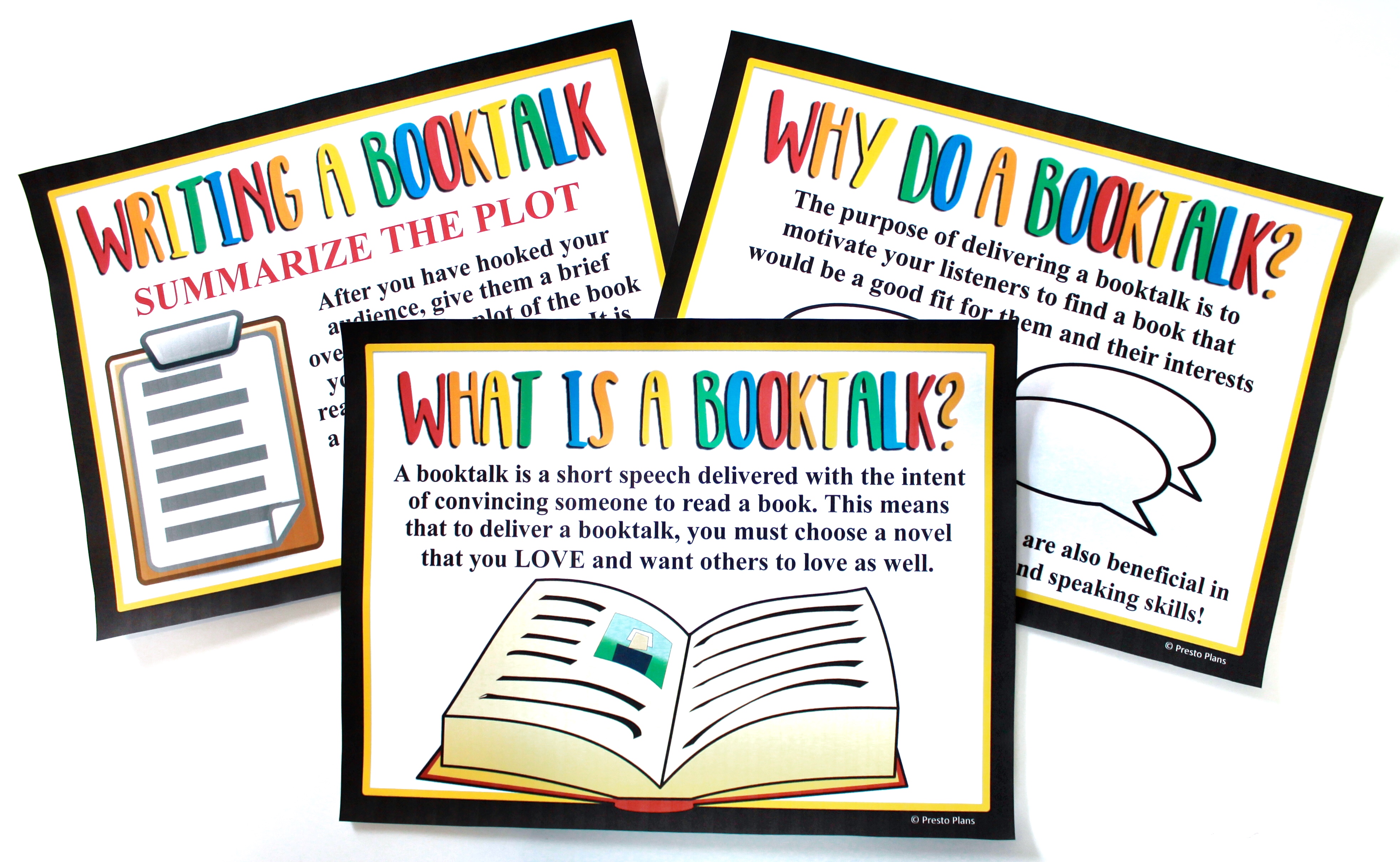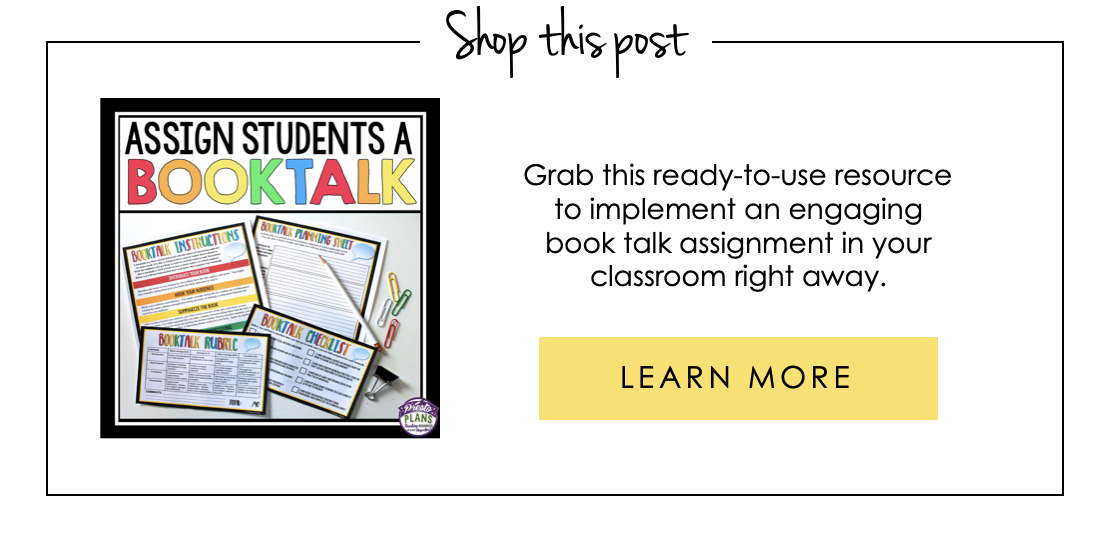Tips for Using Book Talks in Your Classroom – Presto Plans
If you want to get more books into your students’ hands, book talks are just the ticket. They are an excellent way to develop a culture of reading in your classroom and encourage students to try new authors and genres.
Mục Lục
What is a book talk?
A book talk is a short, informal speech delivered with the intent of convincing someone to read a novel. It’s a way for students to share a reading they love with their classmates and encourage them to give it a try.
How can I bring book talks into my classroom?
I like to have students do at least one book talk per semester. I put a sign-up sheet with dates and students would sign up to give a brief presentation at the start of class. But, before you begin assigning dates for students and having them jump into this world, you’ll want to complete these important tasks.
1. Let students choose their book
The most important element of a strong book talk is that the student actually loves the book they are talking about. Don’t try to assign or dictate which books students can choose. Give them full control over the book choice. By doing this, you’ll ensure that the student will speak honestly and passionately about the book in an effort to get their friends to also read it.
2. Focus on the process
Students will be naturally programmed to think you mean book report, review, or analysis when they hear you talking about book talks. Make sure to erase this from their mind.
They need to understand that the fundamental purpose of a book talk is not to analyze a text, but rather it is a means of introducing new books to the class and persuading their classmates to give it a try. They need to think of a book talk as a movie trailer that give a glimpse into the novel (without spoilers) and entices the audience to want more.

3. Provide a structure
If you want students to be successful, lay out a basic structure for them to follow. Below are the elements that I would have students include in their book talk, but of course you can alter this to fit your own classroom.
-
Introduce the text (title, author)
-
Hook the audience
-
Provide a very brief introduction of the plot (no spoilers). Students are welcome to discuss themes, characters, or conflicts that piqued their interest, but must remember that the purpose is not analysis..
-
Share their personal impression
-
Share a passage or a quote from the novel
-
Conclude and persuade and entice the audience to read this text. They should also share what type of person would like this novel.
I do provide a grade for students to hold them accountable, but I keep it very simple and if students come prepared and include all elements, they typically do very well on this. Providing a grade is definitely not necessary.

4. Model the process
Although last on the list, this is one of the most important elements. Ensure to model this process as much as possible. By sharing your own novel recommendations, students will see what a strong presentation looks like (volume, pace, tone, persuasive language etc.).
I also suggest inviting other guests into your classroom to give book talks about novels they are reading. This shows students that not only English teachers are readers. Consider bringing in another teacher (physical education, science, etc), an administrator, a custodian, or a school secretary to share what they are reading with the class.
If you’d like some resources to implement book talks in your classroom, you can grab the pack I use here.
Looking for a fun way to make students more engaged independent reading? Click here to learn all about sending students on a date with their book.















![Toni Kroos là ai? [ sự thật về tiểu sử đầy đủ Toni Kroos ]](https://evbn.org/wp-content/uploads/New-Project-6635-1671934592.jpg)


